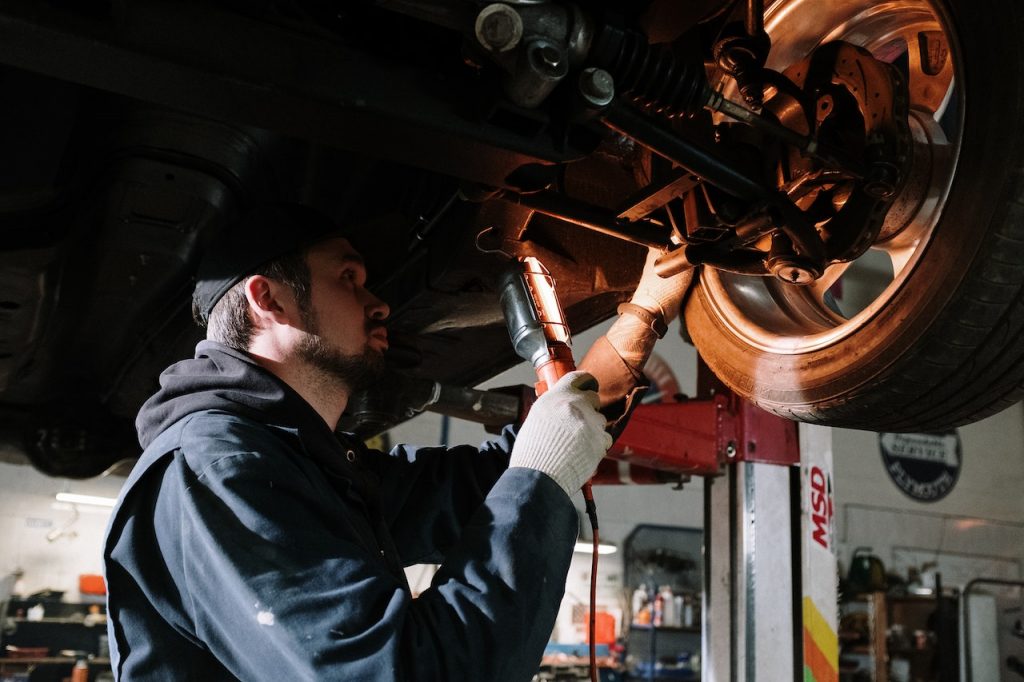Introduction
Changing your car’s brake pads is a simple, straightforward task that just about anyone can do. It doesn’t require any special tools, but we recommend using them if you have them. Follow these steps to complete this repair yourself:
Locate your car’s manual.
If your car has an owner’s manual, it should be in the glove compartment. If not, you can check online or ask a mechanic to help you locate one.
The best way to change your brake pads is by following these steps:
Read over the installation procedure.
Before you begin, read over the installation procedure. This will help you know what to expect and what tools are needed for the job. If there’s anything unclear or missing from your manual, call a local mechanic who can answer any questions that might arise during installation.
Prepare to change your brake pads yourself.
- Safety first!
- Always wear protective gloves and eye protection when working on your car. It’s also a good idea to put on a safety vest, just in case something goes wrong.
- Once you’re ready to change the brake pads, turn off the engine and make sure it’s safe for you to get under there without having any moving parts hit you in the face or neck area (which would hurt).
Remove the wheel, tire and hubcap(s).
With your car’s wheel removed, you can access the brake calipers. The calipers are located on either side of each wheel and are held in place by bolts that attach them to the axle. To remove these bolts, use a socket wrench with an extension bar or ratchet handle attached (if necessary). If your vehicle has hubcaps covering its lug nuts, loosen those first before removing them with a lug wrench. Once you have all four tires off the ground and have removed their respective hubcaps or covers, place two 2x4s under each axle so that they’re elevated about 1/2 inch above where it would normally sit when installed on its wheels–this will make it easier for us later when we put everything back together again!
Remove the old brake pads and hardware.
Before you start, make sure your car is in PARK and the parking brake is set.
Next, remove any loose parts from around the brake caliper assembly. This includes any dust caps and/or shims that may be on it. Also remove any cotter pins or clips that hold them in place.
To do this:
- Remove all four bolts holding down your brake caliper with a socket wrench (usually Allen wrench). If these are difficult to remove because they’re rusted in place, spray them with penetrating oil for several hours before attempting to loosen them off again later on when you have more time available.*
Install the new brake pads.
After you have removed the old brake pads, it’s time to put in the new ones. The first thing you need to do is make sure all of your components are secure and working properly. Make sure that the brakes work properly before driving again, as well as making sure that there are no leaks in your brake fluid levels.
Check that all components are secure and working properly.
Once you’re sure that your new brake pads are installed correctly, it’s time to test them out. Make sure all components are secure and working properly by:
- Testing the brakes after installation. Take your car for a spin around the block and make sure everything works as expected. Do this on a flat surface with little traffic if possible; there’s no need to practice emergency braking in an empty parking lot if it’s going to be hard enough on your nerves as it is!
- Checking that the brake pads are properly seated against their rotors (the discs attached directly to each wheel). If they aren’t, try pushing them back into place until they sit flush against their respective rotors again–but do not force them if there is resistance from other parts like calipers or hoses!
- Checking that there isn’t any rubbing between these same pieces of hardware; this could lead to burning smell soon after driving away from home base again which would mean trouble down road…
Changing your vehicle’s brake pads can be done by anyone who possesses basic mechanical skills
Changing your vehicle’s brake pads can be done by anyone who possesses basic mechanical skills. It is a good idea to have an extra pair of hands around, but it is not required. You will need safety glasses and gloves, as well as long sleeves that cover your forearms (to prevent grease from getting on them).
Conclusion
Changing your car’s brake pads is a simple process that can be completed by anyone who possesses basic mechanical skills. If you’re unsure of what to do, consult the manual for instructions and safety tips before beginning work on your vehicle.


